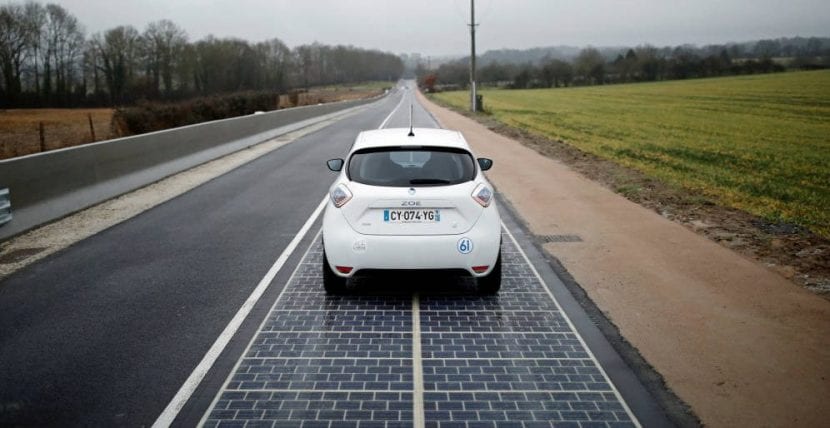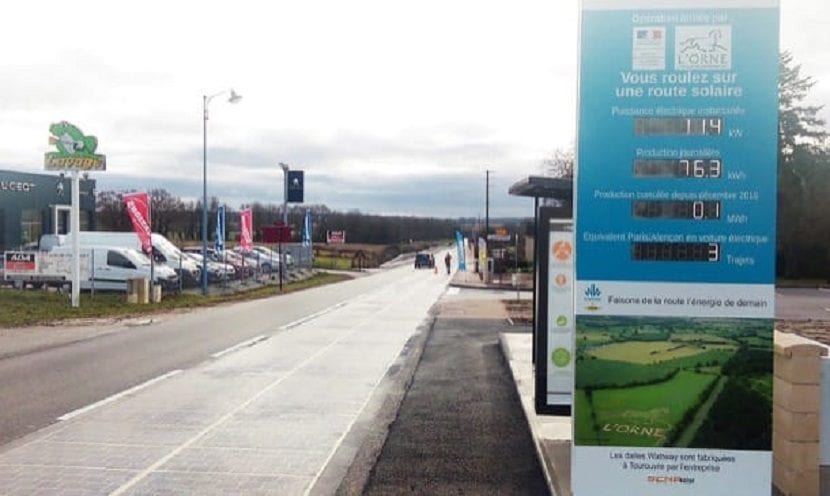This unusual project, financed by the French administration, cost 5 millones de euros. But before mentioning the criticism received, let us point out some points to keep in mind about these energy generating routes:
- The biggest advantage of a solar driveway is that it avoids the use of arable land to produce electricity. With it, it would be contributing another utility to the highways.
- The world demand for energy is going to multiply x2 by the year 2050.
- Roads are only occupied by vehicles 10% of the time.
- You also have to consider the constant evolution of photovoltaic technologies, making solar cells more efficient and cheaper to manufacture.
There were few criticisms received, mainly related to the high costs of this solar project. Admittedly, this budget was foreseeable, since getting a photovoltaic flooring resistant to truck traffic makes the work quite expensive.
Its Energy Efficiency , since with that money a solar plant with inclined panels could have been installed. Its location is also questioned, as there are places in France with the highest number of hours of sunshine per year. Here it should be noted that the cooperative in charge of producing these modules is precisely in Tourouvre-au-Perche.
Experts do not question this technological innovation per se. But they wonder about its performance, and believe that this budget could have been invested in other renewable infrastructures with proven profitability.

